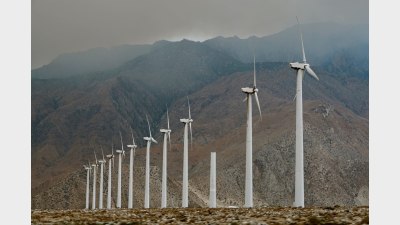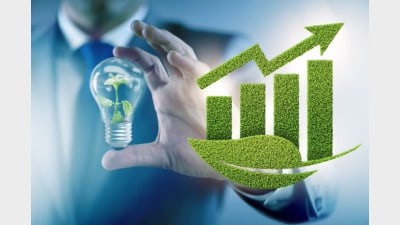Infrastructure sector backed by Biden and Trump


Although both presidential candidates have indicated a much-needed investment to replace ageing infrastructure, providing attractive opportunities for private infrastructure investment, there will be differences in how the sector will be handled, according to 4D Infrastructure.
Sarah Shaw, 4D Infrastructure’s global portfolio manager and chief investment officer, and Peter Aquilina, senior analyst of global listed infrastructure, stressed in a report that there was general agreement between the Republicans and the Democrats that the US was in dire need of spending to upgrade ageing infrastructure and invest in new infrastructure to support future generations.
However, they said, there was no major infrastructure legislation being passed in Trump’s first term as a result of disagreements over what projects to spend on, how much to spend and how to pay for it. Trump’s administration instead focused on reducing permitting requirements, incentivising private investment and supporting the oil/gas sector, where the Democrats were more supportive of larger fiscal programs focused on decarbonisation.
According to the 4D Infrastructure report, US utilities would to be one of the few industry sectors that would continue to grow earnings in line with expectations even in the scenario of a protracted weak economic environment under Trump’s second term.
“In the scenario that the economy remains depressed and in the absence of significant fiscal stimulus, it could be a ‘lower for longer’ scenario for base Treasury rates. US utilities tend to perform better in these environments as debt raised to finance significant capital programs comes with relatively low interest costs, and low Treasuries are reflected in discount rates supporting company valuation,” the report said.
At the same time, Biden’s ‘Green Infrastructure and Jobs’ Plan would aim to facilitate the expedited decarbonisation of the US energy sector and this plan would be implemented through various pieces of federal legislation which would overlay decarbonisation efforts mandated by state-based governments where utilities would be central to implementing these efforts.
Also, Biden’s tax plan to increase the corporate tax rate to 28% should, all else being equal, should support utility cashflows.
When it comes to the US oil/gas midstream despite the efforts of Trump to reduce permitting and regulation in the development of oil/gas pipelines, it would be likely that new developments would continue to face difficulties under Trump’s administration as state-based permitting requirements, and legal objections initiated by environmental groups, were likely to continue to impede pipeline development.
Following this, the ‘Green Infrastructure and Jobs’ Plan would be likely to speed up the transition from gas to renewables/batteries and potentially even hydrogen and this would likely reduce commodity demand and utilisation by midstream assets over the medium to longer term, bringing forward terminal value dates.
The US rail, although this sector was the biggest winner within the infrastructure sub-sector when Trump won the 2016 election, it would be unlikely to continue to directly benefit as much from his second term as President as Trump hasn’t been explicit on further plans for corporate tax cut.
On the other hand, the rail sector would be negatively affected by any increase in the corporate tax rate implemented by a Biden government.
According to the report, the US toll road investments, would remain unaffected by the election outcome as the hope for additional road assets making it into private hands is largely a state-driven directive.
“There are relatively few opportunities to invest in US toll road assets, and the majority of those in private hands are foreign owned (e.g. Transurban owns managed lanes in the US),” the report said.
“It’s expected that the earnings from US toll roads will improve as traffic numbers start to return to pre COVID-19 levels, which is likely to occur as vaccines for COVID-19 are made available and the economy recovers, driving traffic volumes.
“An economic recovery supported by fiscal stimulus legislation would also support traffic volumes, but it’s unclear when this will be achieved if Congress remains split.”
Recommended for you
While institutional investors, including super funds, unanimously acknowledge the energy transition as a significant challenge, their perspectives on the extent of their involvement in addressing the substantial capital requirements vary widely.
Despite a period of increased volatility, several considerations suggest that the bull market will remain intact and the trend in shares will remain up, an economist has suggested.
HESTA has slammed Woodside’s climate transition action plan, pointing to “significant” gaps.
All merger proposals will have to be approved by the consumer watchdog under the sweeping merger reforms announced by the government on Wednesday.












Add new comment